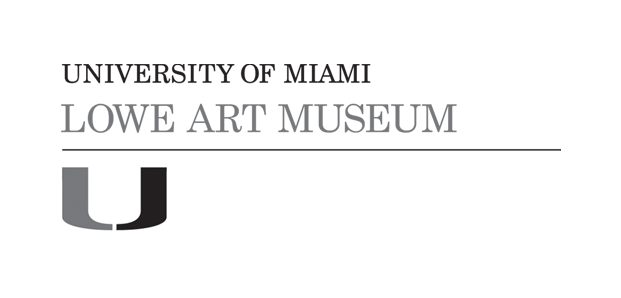Figure
Artist/Maker
Dakakari people
(Nigeria)
Datenot dated
CultureDakakari
Mediumpottery and pigment
DimensionsOverall: 16 1/2 x 8 x 6 in. (41.9 x 20.3 x 15.2 cm)
ClassificationsVisual Works
Credit LineGift of Alan Potamkin
Terms
Object number2007.48.105
On View
Not on viewCollections













